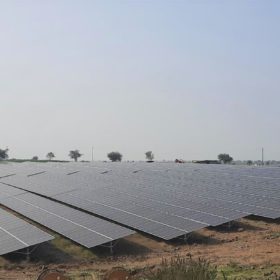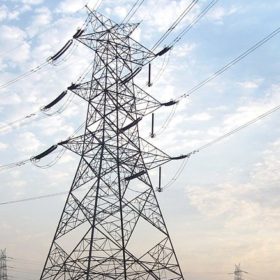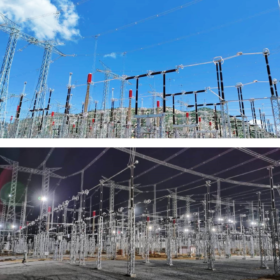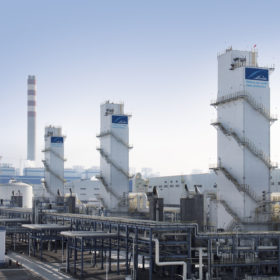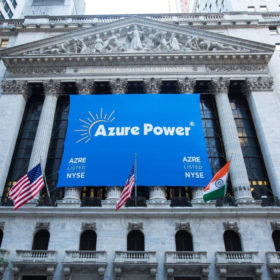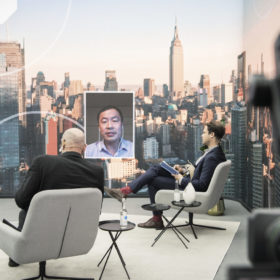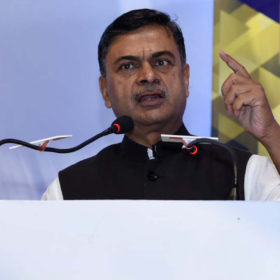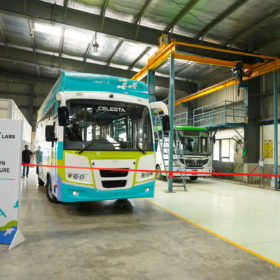Amp Energy commissions 13.5 MW open-access solar project in Maharashtra
The 13.5 MW solar project, located in the Osmanabad district, will supply solar power to Orient Cement for its manufacturing plant in Maharashtra under a long-term power purchase agreement.
Adani completes one of India’s largest intra-state transmission lines
Adani Transmission Limited has completed the construction of an 897 circuit km transmission line in Uttar Pradesh. With this, its operational and under-construction assets add up to more than 18,300 circuit km.
Linxon wins two turnkey substation orders from PGCIL
The company has landed a substation extension package to help strengthen power transmission from Bhadla Solar Park in the Indian State of Rajasthan. It shall also work on grid extension in Southern India.
Solar for hydroponics
An international research team has examined combining solar power generation with energy-intensive hydroponic horticulture and has found that this may be a viable solution depending on project size and available incentive policies. Their approach considered various factors impacting PV system efficiency, including environmental factors, the type of solar array, and the electricity demand from the hydroponic farm.
Linde approves INR 287 million Capex in renewable energy for self-consumption
The industrial gas producer will set up special-purpose vehicles in joint ventures with developers to source renewable energy for self-consumption.
Azure Power signs 2,333 MW solar PPA with SECI
The PV capacity is part of an overall 4 GW secured under the Solar Energy Corporation of India’s manufacturing linked auction.
The long read: A limit to PV module size
There is a threshold at which big becomes too big when it comes to PV module sizes, argues Hongbin Fang, the director of product marketing at Longi Solar. Fang recently said at pv magazine’s Roundtables USA event that despite size limits, there is still a lot of efficiency and cost-reduction potential to come.
Uttar Pradesh at a crossroads in electricity transition
Uttar Pradesh needs to ramp up solar installations to not only meet its own renewable energy (RE) targets but also to avoid holding back India’s performance on its targets of 175 GW of RE capacity by 2022 and 500 GW of non-fossil fuel capacity by 2030, says a new report.
Draft of National Green Hydrogen Mission under inter-ministerial consultations
The mission envisages commercial production of green hydrogen production in the nation from the financial year 2025-26 onwards.
Hydrogen fuel cell bus made in India
Sentient Labs has launched a hydrogen fuel cell bus that runs on an indigenously developed hydrogen fuel cell and electric powertrain. The hydrogen fuel cell was developed in collaboration with the National Chemical Laboratory (NCL) and Central Electro Chemical Research Institute under the aegis of the Council of Scientific and Industrial Research.
